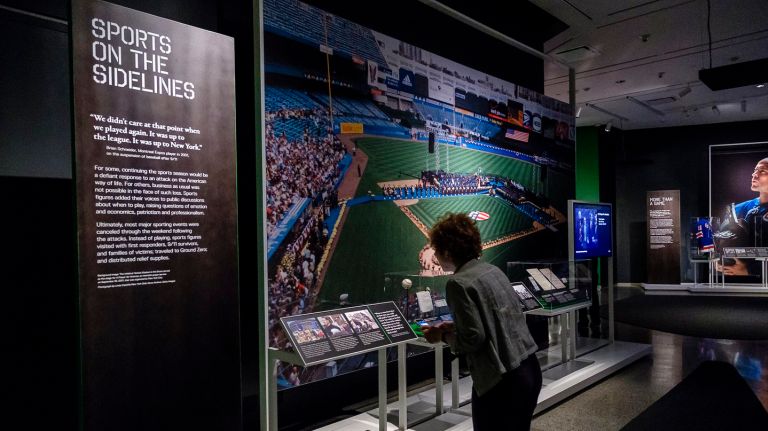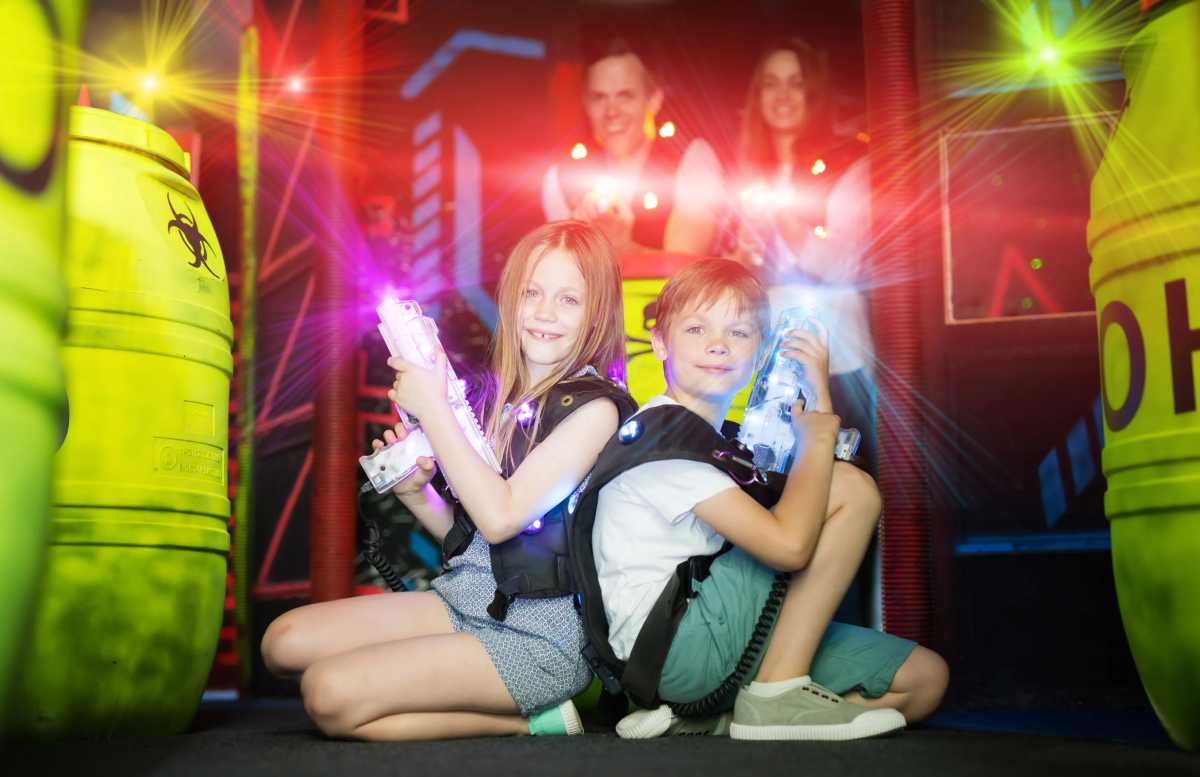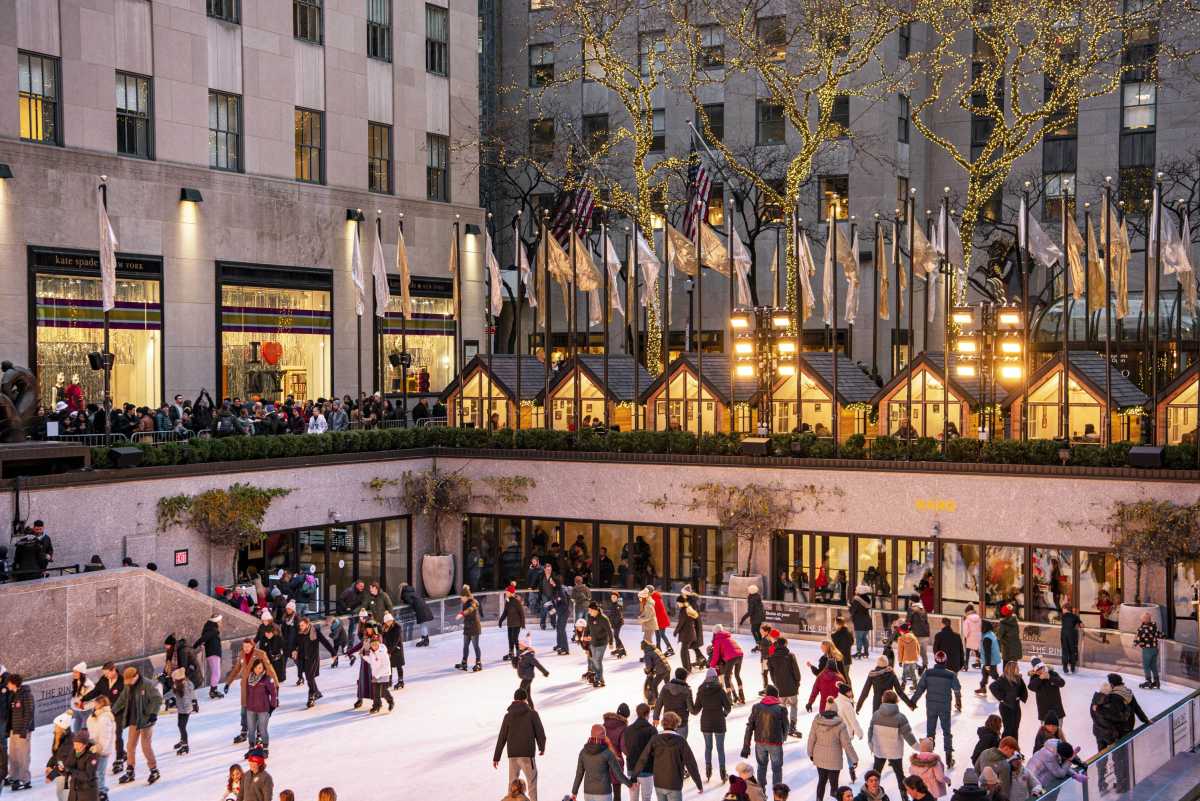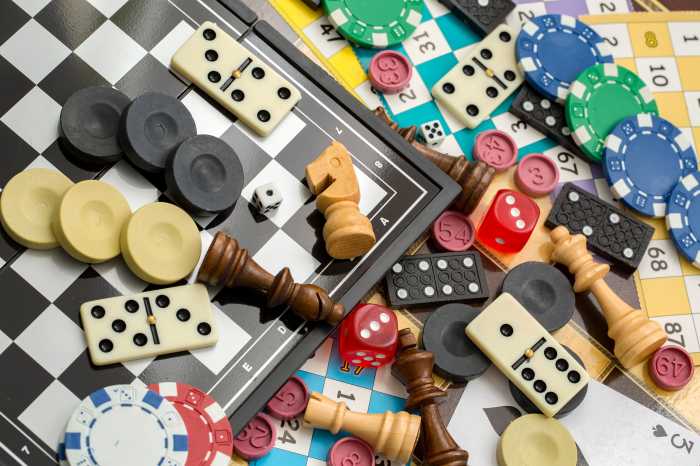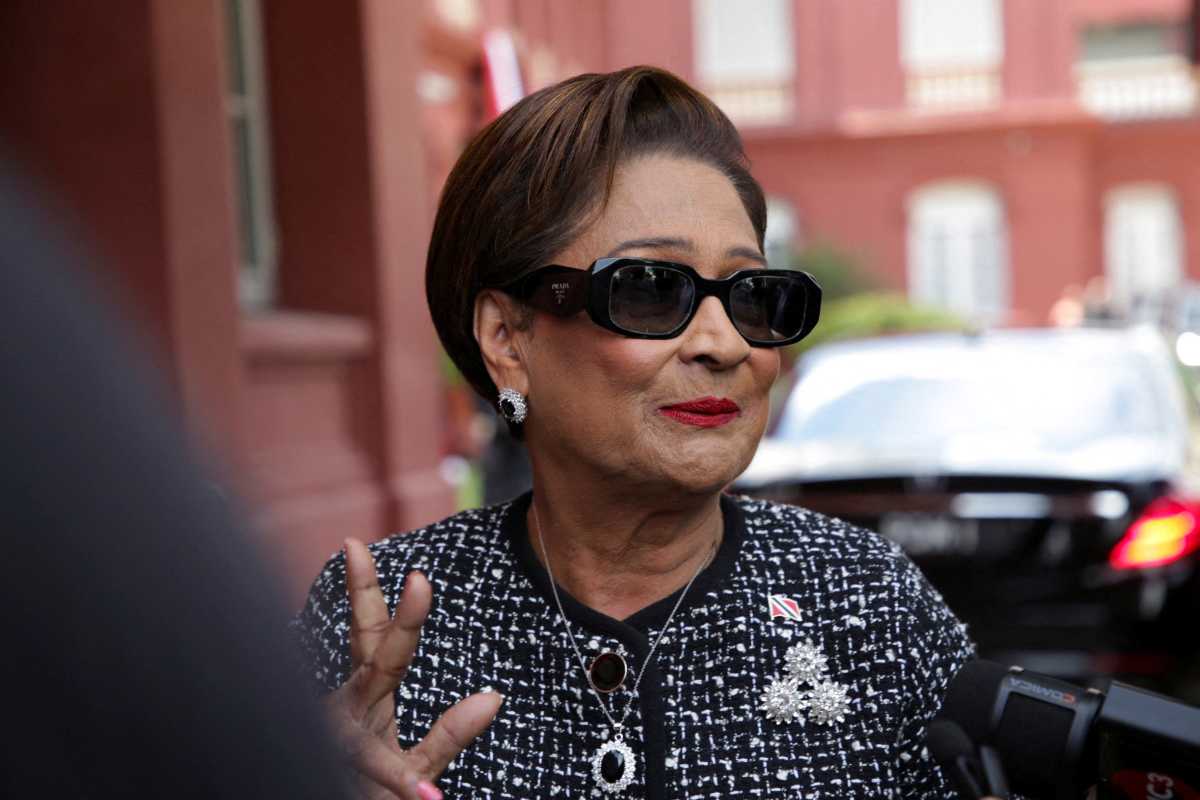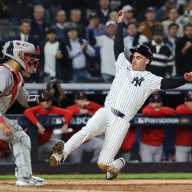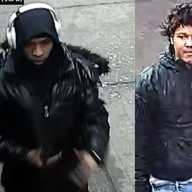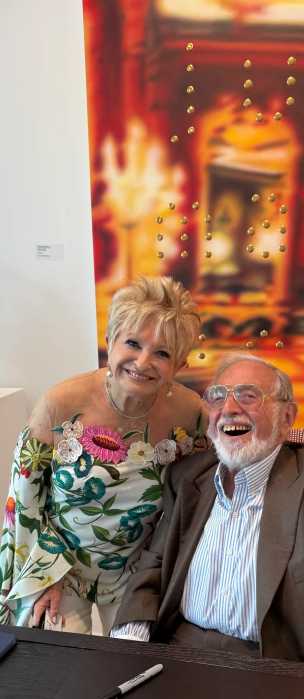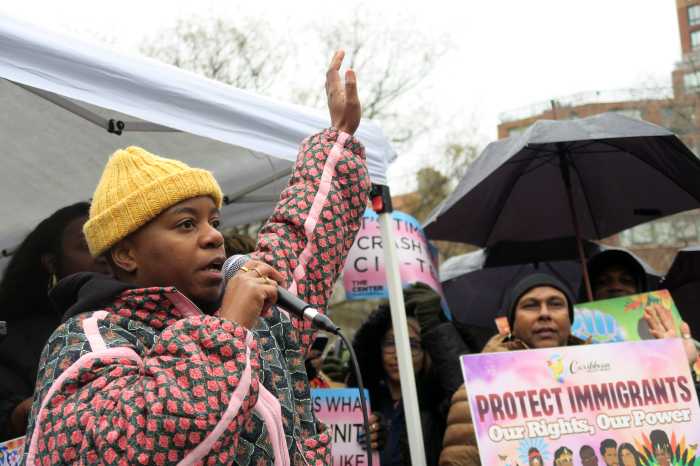
In the days and weeks after the Twin Towers fell, many New Yorkers turned to the one place they knew they could always count on to bring them together and raise their spirit: a sports stadium seat.
Whether it was seeing Mike Piazza blast that two-run home run against the Atlanta Braves during the Mets’ first home game after the attacks, or seeing rival NFL teams greet the city’s first responders at Giants Stadium, those sports moments helped people return to normalcy, according to Alice Greenwald, the president and CEO of the National September 11 Memorial & Museum.
“It gave us a reason to cheer,” Greenwald said.
The museum will memorialize those moments and highlight the impact on both fans and athletes in a special exhibit set to open Wednesday called “Comeback Season: Sports After 9/11.”
The yearlong program will feature artifacts such as the NYPD, FDNY and PAPD hats worn by New York’s sports teams, oral histories from players and victims families and photographs, and videos from those sports moments after the attacks.
Will Twersky, the exhibit’s designer, said MLB, the NHL, the NFL and other sports organizations were more than willing to lend a hand in putting the exhibit together. He said he emphasized some of the personal stories behind the games to make sure that non-sports fans would not feel left out.
“We wanted an exhibit that anyone can approach and see [9/11] through a new lens,” Twersky said.
During a press preview Thursday, some of the New York sports icons who were active following the attacks visited the exhibit and reflected on their experience.
Former Giants star Tiki Barber admitted it was hard to get back into practice following the attacks, but he was inspired by the thousands of volunteers he saw at The Meadowlands to continue playing and help others.
“Something grew strong in us,” Barber said of the team.
Joe Downey, the son of FDNY Deputy Chief Ray Downey, who died in the tower, said seeing the Rangers honor his father in their home opener on Oct. 7 helped his family cope with their loss. The elder Downey played on the FDNY hockey team and was a lifelong Rangers fan, so when team captain Mark Messier proudly wore Ray Downey’s FDNY helmet during a pregame ceremony, the family’s spirits were uplifted, according to Joe Downey.
“My dad believed competing in sports shaped who you are,” Joe Downey said, holding back tears.
John Franco, the former Mets pitcher and Brooklyn native, said those moments on the field after the attacks still make him emotional. He teared up when he recalled Piazza’s homer and the huge fan response at Shea Stadium.
“When Mike hit that home run, I think he brought joy and happiness for the two hours that we could bring to the city and help the healing process,” Franco said.
As the athletes checked out the exhibit with the 9/11 families, they said they are still humbled in their role in helping the city back to its feet. Rangers goaltending great Mike Richter said being a part of that healing process is still a highlight of his career.
“It does stay with you, and it was a great honor to wear that jersey and represent this town,” Richter said.
Also Read: https://www.amny.com/sports/nycfc-toronto-fc-game-recap-1-19412733/



